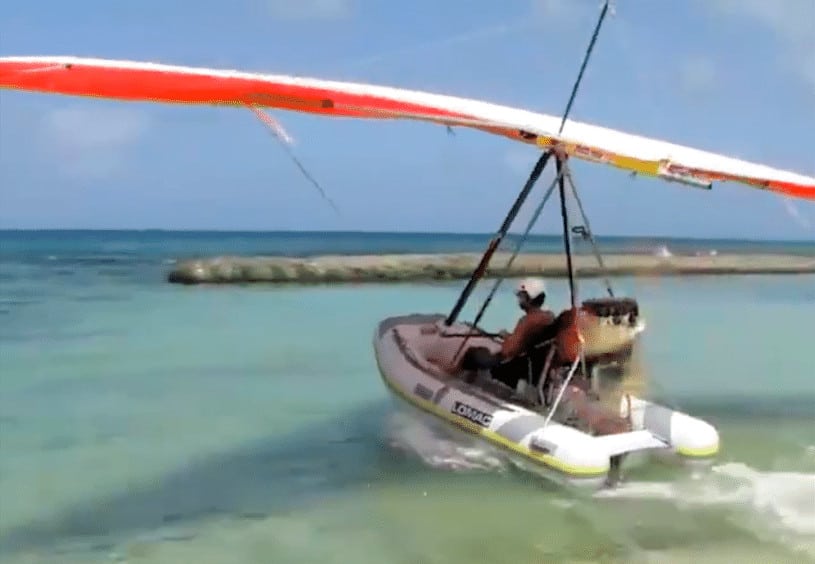
Private groundwater wells are awesome. Not only does it cut out any money owed to the city every month for a basic necessity like water, it also allows for the use of fresh water without any added chemicals, just like it was intended. The bad thing about groundwater wells is they’re completely reliant on the homeowner having power since the pump is powered by electricity. Fortunately for anyone who has their own well, there are ways to access the underground water in the event the power goes out.
1. Generator
Your rural well pump can still work during a power outage, if you can generate your own power. But before you start playing electrician during a crisis, there’s something you need to know. Does your well pump run on 110 or 220 power? Most well pumps (deep ones, primarily) run on 220. This is the same heavy power for electric ovens and clothes dryers. If you have a generator powerful enough to supply 220 power, you’re all set. But here’s the reality check: most portable generators only provide 110 power. So if you don’t have a 110 pump or a 220 generator, you’d better think about your other options.
2. Hand pump
This will also require some advanced planning on your part, but you can purchase an old fashioned hand pump to attach to your modern well head. Some styles of hand pump can be mounted on a well without disrupting your existing electric well pump, and be used as a backup to deal with power outages. Do your homework to find the right pump, as some pumps will only pull water up a few feet and others can pull water out of a 200-foot well.
3. Sleeve bucket
Can’t afford a generator or hand pump (both of which cost hundreds of dollars)? A well bucket for modern wells is a slender plastic or metal sleeve, which can be lowered down any modern well on a length of cord. This skinny sleeve has a foot valve at the bottom, allowing it to fill up with water, but retain water when lifted up. Make sure you have enough cord to reach the water level, and tie off the free end of the cord at the top of the well. This will keep you from losing your well bucket and your line down the well. If you have to improvise a well bucket, use a two-foot length of steel pipe with a cap at one end and a cord tied to the other. That much steel will weigh enough to submerge in the water, while other slender containers will probably just float on top of the water in the well.
Tips courtesy of Outdoor Life.







